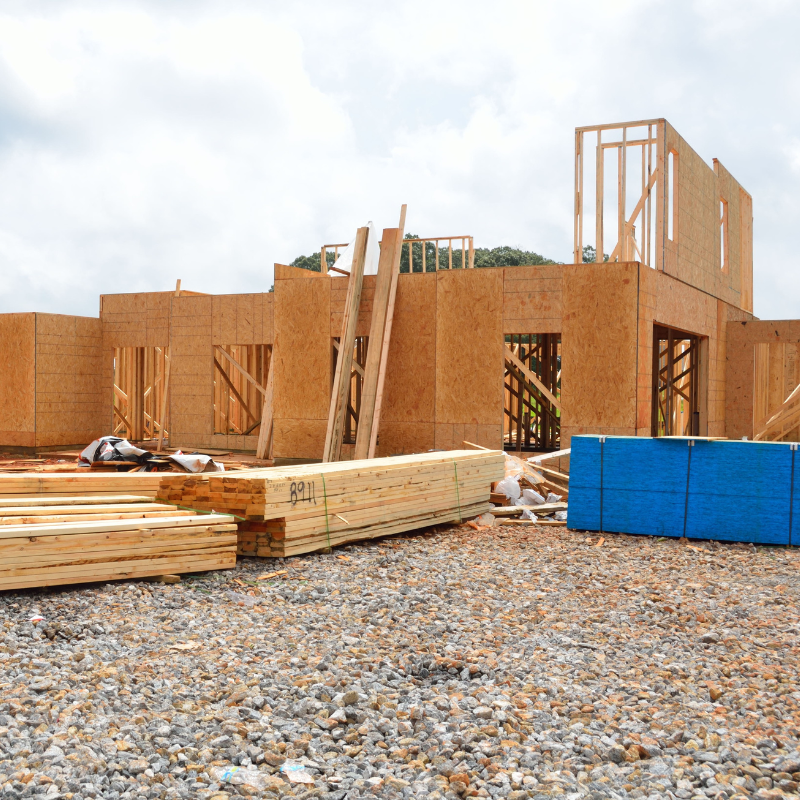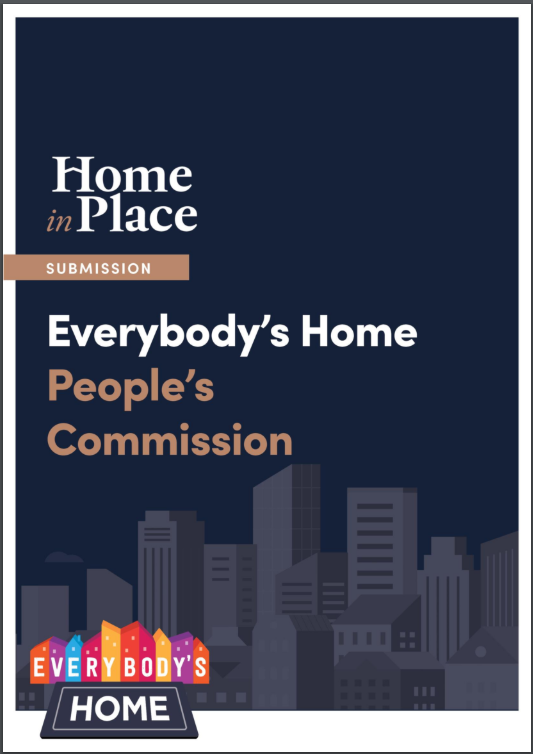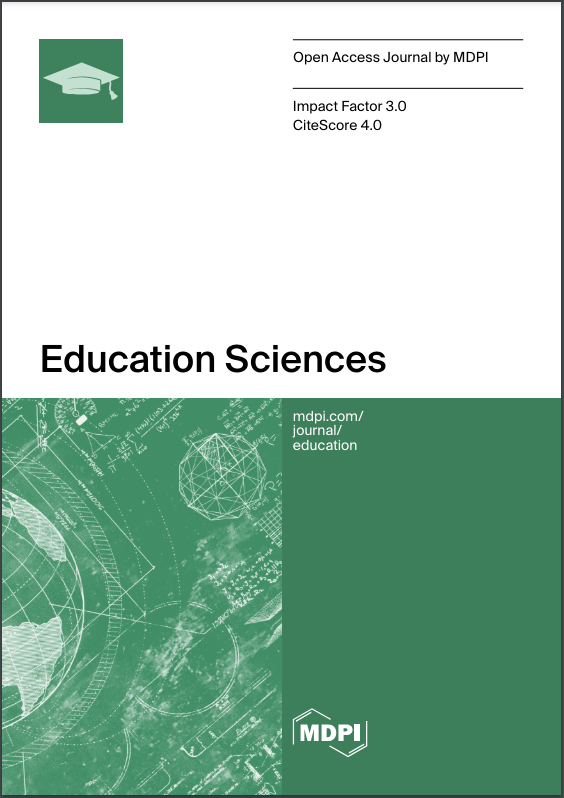Home Affordable Housing Page 10
Affordable Housing
- Research
Breaking Ground is the follow-up ‘one year on’ progress report of the 2023 landmark report, A Blueprint for tackling Queensland’s housing crisis. It was the first of its kind in Australia to outline a comprehensive, evidence-based reform package to tackle the housing crisis at a state level.
- Research
The debates about Public-Private Partnerships (PPPs) in planning and housing are characterised by varying perspectives, with some considering PPPs efficient and others viewing them as inherently problematic. This paper draws on the literature on governance, planning and housing with a focus on teasing out public-private sector relationships in land and property.
- Research
The article presents a detailed analysis of leveraging government-led developments to address the affordable housing crisis in major Australian cities, focusing on utilizing land contributions for multistorey developments.
- Research
The article “Innovative Financing Strategies for Affordable Build-to-Rent Housing in Australian Cities” discusses the challenge of housing affordability in Australia and explores innovative financing strategies for build-to-rent (BTR) housing.
- Research
This research examines how population migration to particular suburbs or regions across Australia affects house prices in different suburbs and regions.
- Research
Home in Place has made a submission to the Everybody’s Home People’s Commission. The People’s Commission into the Housing Crisis provides a platform for everyday people and organisations to share their stories of housing insecurity. The testimony will culminate in a series of recommendations to fix Australia’s housing crisis. Home in Place’s submission provides insights into the housing crisis, its flow-on effects, and the steps that governments can take to solve the crisis.
- Research
Globally, education systems are faced with dual workforce crises: a shortage of teachers and a lack of affordable housing. Attracting and retaining teachers through improved renumeration, working conditions, and quality preparation have been central. However, initiatives to attract and retain teachers mean little if the workforce cannot find appropriate (quality and affordable) housing within commuting distance to their workplaces.
- Research
Rooted in my upbringing in the South Bronx and informed by my extensive equity-focused research on housing, energy, and health, alongside practical experience in small-scale, place-based real estate, I advocate for a more nuanced and holistic approach to understanding and achieving “sustainable affordable housing.” By challenging the conventional emphasis on environmental and economic sustainability, I argue that social realities must also take precedence in this endeavor.








